This is an important disease that cause blindness without the appropriate treatment. Pictured is our patient, Maddie, who came in almost blind and then after only 2 weeks of treatment her eyes are already looking much better and she is catching a ball again!. Read more about this disease below.
What is Chronic Superficial Keratitis (CSK)?
CSK (also referred to as pannus or degenerative pannus) is a slowly progressive disease of the canine cornea, characterized by pigmentation, vascularization, and opacification. There is also a form of this disease which affects the third eyelid called plasmoma. CSK is seen predominantly in the German shepherd dog and greyhound, but sporadic cases occur in other breeds as well.
Causes
The exact mechanism is unknown, but several factors are involved. The fact that certain breeds are more prone to the disease suggests a genetic predisposition. Ultraviolet (UV) radiation plays an important role as an inciting and propagating factor in the disease. In fact, dogs living at higher altitudes where exposure to UV light is greater are often more severely affected. Immunologic factors are also believed to be contributory. An allergic-type reaction to environmental allergens or against the cornea itself may be involved in the disease process.
Symptoms
The most common sign is infiltration of the cornea with blood vessels and pigment. This gives the eye a visible discoloration. The change normally begins at the outside or bottom of the cornea and moves inward. In some cases the pigment can be so severe that it leads to vision loss. Reddening, thickening, and pigment loss of the third eyelid characterize a subclass of CSK, called plasmoma. Plasmoma is often associated with mucoid discharge from the eye.
Diagnosis
Clinical signs may be enough for diagnosis however it is necessary to rule out other diseases that can have a similar clinical appearance but markedly different treatment. In some cases it is necessary to perform cytology to confirm the diagnosis.
Treatment
A cure is not possible, but life-long medications and prevention of excessive exposure to UV light will prevent the disease from progressing. Common medications include eye drops that control the growth of blood vessels and pigment. These may be steroids or T-cell inhibitors or a combination of both. Initially the drops may be used quite frequently but over time these can generally be decreased to only once or twice a day therapy. Dogs on long-term medications should be monitored to prevent secondary infections. In very severe cases surgery to decrease the scaring of the cornea may be needed in the initial stages of treatment.
Monitoring
The condition waxes and wanes throughout life, so periodic follow-up is indicated to ensure that your pet is on the most appropriate therapy.

